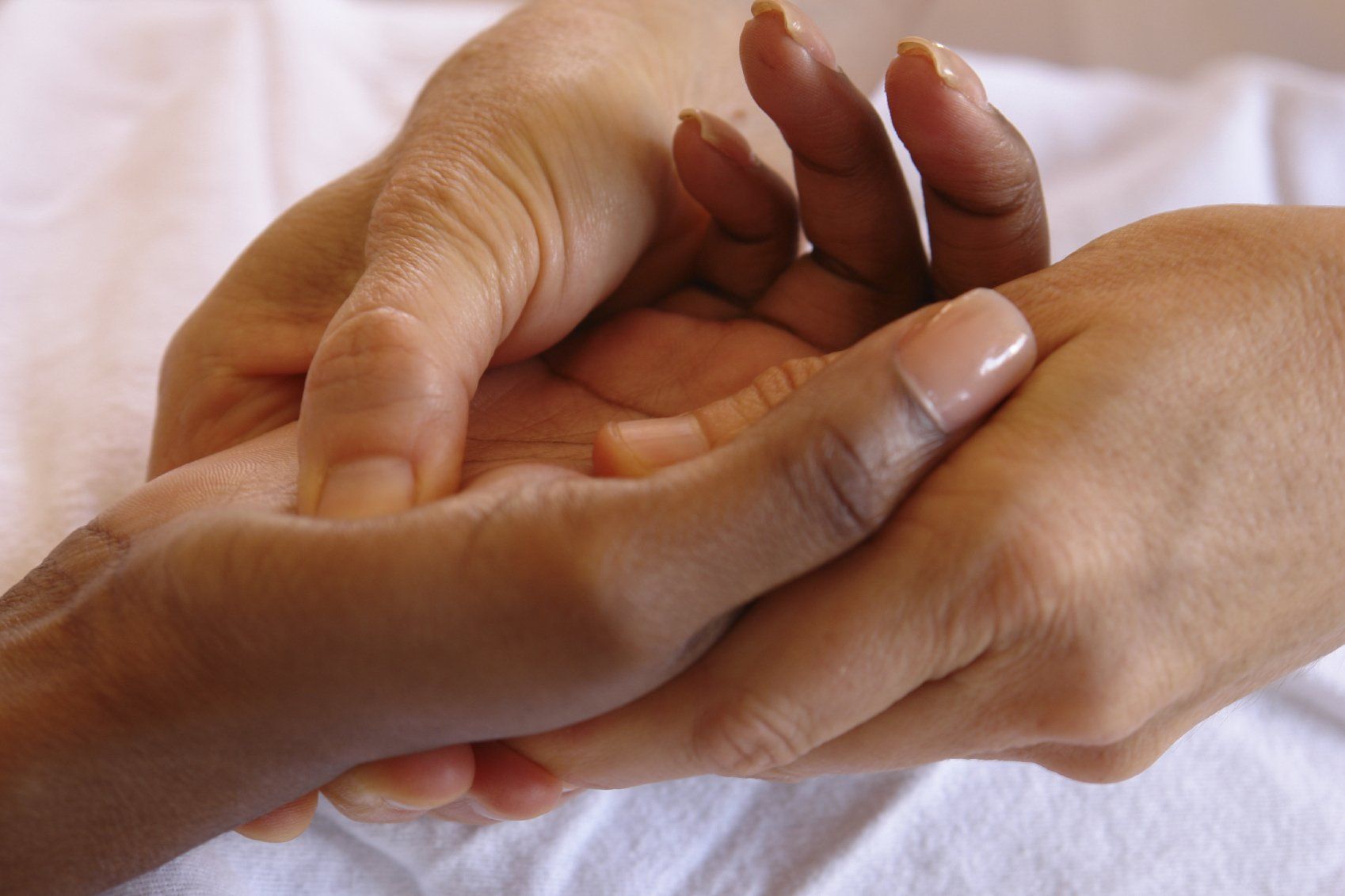Blog

Everyone thinks writing a menu is easy! That is until you sit down and try to write a menu! That’s even without looking at the different cultures, traditions, religions and regions… or the clinical conditions of your resident’s, allergies, dementia, Parkinson’s, stroke, liver and kidney issues, diabetes, medication interactions - the list goes on. This is why it is bad to have a generic menu for a group of homes… there are foods that are eaten by people in Glasgow that are not eaten by people in Plymouth, in fact there are food eaten by people in Glasgow that are not eaten by people in Edinburgh e.g. fish on a Friday in Scotland it would be haddock in most parts of England it would be cod… The first time I had to write a menu it wasn’t to bad; I was 16 and a banqueting chef in a 4* hotel. I had to sit down with the couple who were getting married and go through what they wanted to have. I was lucky there was a list of foods to choose from and we put a menu together. I wrote many more menus, some for functions, some for the restaurants and I had become quite good at it. Then I went to work on private super yachts around the Mediterranean and the Caribbean. I used to put a menu together every day from supplies I had on board or what we would get from the local! markets or from the locals in the ports. All good! Then came my first transatlantic crossing. I was excited, as you would be, but then when we got to Gibraltar and the Captain called me in and said I needed to plan a menu for 9 of us and stock up for a possible 4 weeks at sea. I thought no problem! I then sat down and tried to come up with 4 weeks’ worth of meals - that’s 84 meals! Everything had to be planned - meals, snacks & drinks. Now as the chef on a yacht you are quite a popular person (you are also classed as an Officer but that’s another story) but if you ran out of food or drink well you can imagine what it would be like and the language that would come your way… you also had to write the menus in such a way that you used the fresh food first as obviously it would go off and that wouldn’t be good either. It wasn’t as easy as I thought! I got my pad and started to write out a menu for each day but I soon found I was repeating things or couldn’t think of what to put in. By this point I had been a chef for around 10 years and written hundreds of menus… Luckily for me, one of the boats arrived with a friend of mine on as a chef. He had done a few crossings. We went for a beer and I asked him how he did it and this is what he said and now this is how I teach the chefs/cooks in the care homes how to do menu planning for more than one week. 1. Write down 15 dishes for each of the following beef, lamb, chicken, pork, fish, Vegetarian soups, starters and desserts. (make sure your residents like the dishes from their likes and dislikes information) taking into account what we discussed at the top of the page. 2. Lay them out on a big table. 3. Get your weekly plan template 4. Choose a dish from one of the lists, let’s say beef write w1 next to it 5. You cannot use anything of the beef list for the next 2 meals and you cannot use that dish in the next 10 days on the menu 6. Choose the next dish and follow on when you get to week 2 write w2 and so on for the following weeks 7. Remember to be careful what you choose in week 4 so it doesn’t repeat in week 1 if it has w1 next to it you cannot use in week 4 8. The only think I say is ok to repeat is fish and chips on a Friday 9. Create the recipes and order sheets to go with the menus Menu writing and planning is a skill and is not just sitting down and throwing a few dishes together Just to let you know we got to Antigua in 3 weeks and everyone was happy (especially as we nearly sank in the middle) and even more happy as they could now have more than the 1 can of beer ration that I gave them. To give your catering team the best chance at getting it right give them the knowledge, skills and understanding of care catering to do their role effectively give them the support they need and get the results you want!

In a new study published this month by BAPEN ( British Association of Parenteral and enteral Nutrition) showed that 42% of people in care homes are at risk of malnutrition. Malnutrition if we break it down means Bad-Nutrition. 'Malus' being Latin for bad. but when malnutrition is talked about in the care setting it is only talked about in the sense of the MUST score and weight loss. This is not the only type of malnutrition! I ( not scientific studies) estimate that nearly 100% of residents and staff in the care setting are at risk or suffering from some sort of malnutrition whether this is the malnutrition we see and know about weight loss, high MUST score, thinning, lack of engagement, frailty... or the hidden ones from poor nutritional intake of not only the Macronutrients that give us energy Carbs, fats, proteins. But also the micronutrients that protect us and help our bodies to function vitamins and minerals, and at this time with a double whammy on the way with Covid and the flu and also with it being coughs and colds season you should be doing everything you can to protect yourselves, your staff and your residents. Some of the issues from malnutrition taken from https://www.bapen.org.uk/pdfs/economic-report-short.pdf General infection: Loss of immune tissue and function, reducing the ability of the body to fight infection Chest infection: Loss of respiratory muscle mass and function, reducing cough pressure and expectoration of mucus/mucus plugs and infected material Skin infections: Thin friable skin, which can be breached easily, allowing microbes to enter through the skin Respiratory failure (and delayed weaning from ventilators) Loss of respiratory muscle strength and early fatigue, predisposing to respiratory failure in those with poor respiratory reserve Hypothermia Loss of insulation (subcutaneous fat) and impaired thermoregulation (central effect) Deep vein thrombosis and embolism: Inactivity and immobility, partly due to loss of muscle mass and function, and partly due to behavioural effects (loss of energy if associated with disease-related malnutrition), predisposes to thromboembolism Pressure ulcers Loss of skin and subcutaneous fat, resulting in greater pressure over bony protuberances, and reduced activity or immobility (see above) Wound complications: Weaker wounds (less collagen deposition) more likely to burst and become infected (see also ‘General infections’ and ‘Skin infections’) Falls: Muscle weakness and/or poor coordination There is not only the cost to the person but also a cost to the bottom line the cost of malnutrition is estimated at about £19.6bn ( England) to the health and social care system that is 15% of the total budget for health and social care with an estimated increase of £5000 per person to treat and look after someone with malnutrition. Although 73% of that cost was on health care and hospital admission, surly at this point in time more than ever the last place you want your residents to go is into hospital with the risk of a positive discharge back into your home. Which could potentially cost you and your staff a lot more. Staff need the correct training and support especially at this time as you and they don't need the added pressure. I can help you and your staff to understand and give you the skills and knowledge to combat malnutrition and at the moment I am doing an offer that will help you create and give your nutritional and catering team all year round support for less than £2 a day!

Will the Sector be able to survive until September 2021? Will there be enough staff left working in the sector? Will there be enough Managers left in the sector or will they all have burnt out? I am seeing there are lots of stressed out staff and managers looking to move away from the care sector completely already, and they are now talking about another 12 months!! The managers and the staff need support not just with PPE and infection control measures but with all the other fundamentals of running a home and avoiding burn out! Now is the time for the government and the providers to recognise, fund and reach out to the support that is available from the independent experts that are out there who too may not be around to help when needed! #carehomes #socialcare #caremanagement https://www.linkedin.com/posts/the-care-home-environment-magazine_government-aiming-for-covid-free-care-homes-activity-6713704745854398464-K99A
